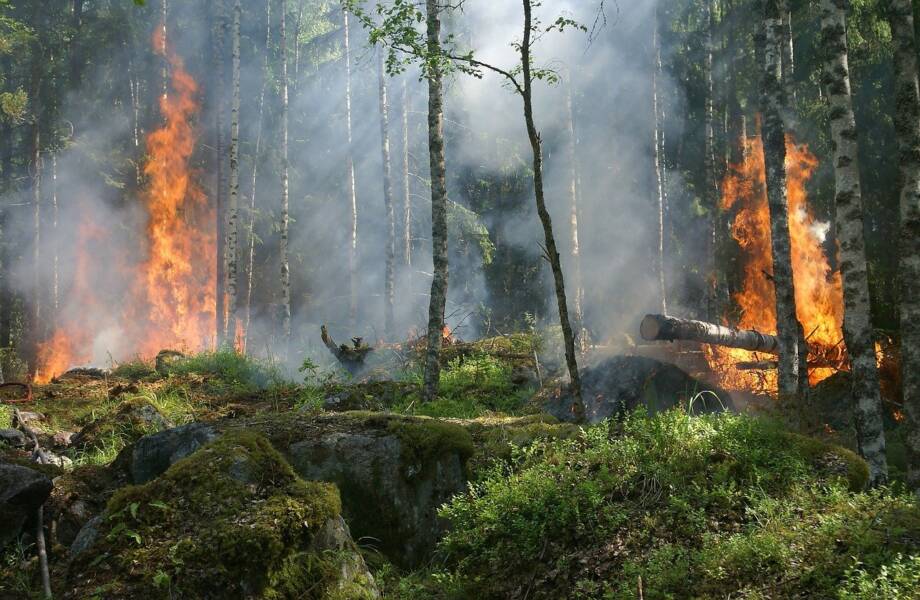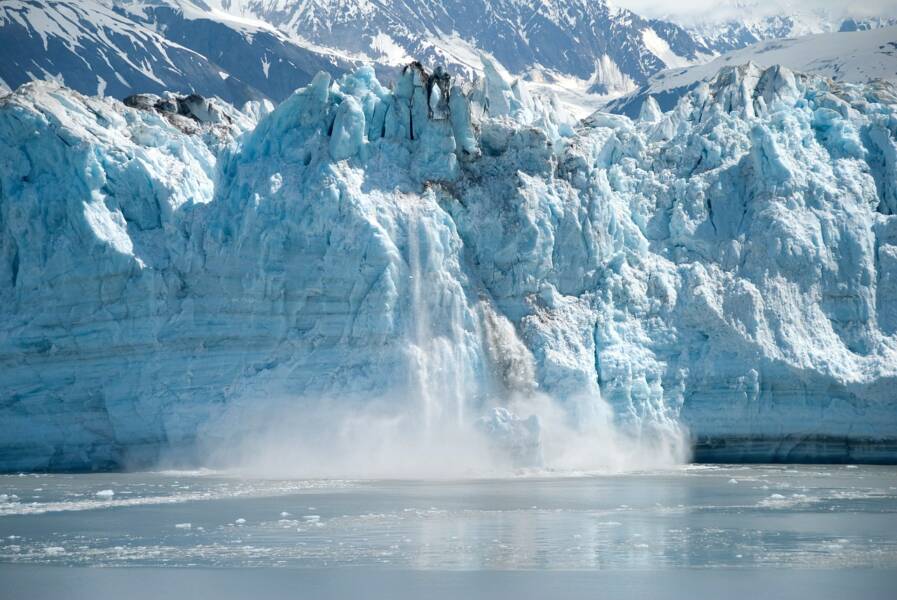We Can Protect Natural Land Formations from Damage, Landforms are natural features of any landscape that can be in the form of valleys, plateaus, mountains, plains, hills and glaciers. These physical features make our planet a better place as you get to witness some majestic scenes while visiting these formations. Protecting them is our responsibility, but with climate change and the amount of damage done by humans, these formations won’t be the same as they used to be.

Let’s look at 6 ways you can protect natural land formations from damage.
Slope Protection
Among natural landforms, slopes are consistently on the verge of shifting as they have to fight erosive forces. Whether it’s a slope that’s been formed recently or it’s been there naturally, they all need protection from erosion. The goal should be to increase the soil’s resistance to erosion that will slow down the process by not letting the shape change in any form.
There are slope protection solutions to help prevent slope erosion and regenerate vegetation on the slope. You need to choose the slope protection system carefully, as all slope’s will differ and some may require more advanced systems.”
The goal isn’t only to prevent it from eroding, but also to make slopes more sustainable.
Glacier Protection
The structure of glaciers is consistently changing as they are melting rapidity, not only affecting human habitats, but directly impacting penguins, mountain goats and bighorn sheep. Animals in the surrounding areas are struggling to survive as the melting glaciers are causing sea levels to rise, giving them less land to live on. Another reason why glaciers are highly important is that they help in providing a shield to mountains, protecting them from erosion. As humans, we need to pay more attention to global warming and think of alternative methods to produce energy that won’t heat up our environment.

Cave Protection
Littering in caves is a major problem. It may seem like there’s an obvious solution it, but worldwide we have seen that littering is on the rise. There’s a need for regular clean ups and the level of littering is consistently increasing. The garbage that decomposes can make the cave smell unpleasant and can cause harm to any animals/creatures living inside. People should still be allowed to explore caves, but at the same time they should protect and respect them.
Riverbank Protection
Riverbanks are important for the ecosystem as they support a variety of animals. Natural riverbank erosion is part of nature, but humans have expedited the process by taking that to an unnatural level. A great way of protecting riverbanks is by making sure sufficient vegetation is available around the banks. Grasses, ground covers, shrubs and trees protect the soil from eroding. If the bank is steep, geotextile fabric should be placed for vegetation.
Wetland Protection
Why protect wetlands? These areas are where water covers soil. Wetlands are important for our ecosystem as they protect and improve the overall water quality. They also protect fish and other wildlife, store floodwaters and maintain water surface through dry periods. A good way of protecting wetlands is by cordoning off the perimeter. It’s also important to educate tourists so they understand the importance of the preservation of wetlands.
Forest Protection
When you think of a forest, the Amazon must come to your mind instantly. It’s an area that many people would love to visit, but sadly due to the speed at which we are destroying them, the next generation will likely never get to see them in their true glory. In order to prevent damage to our forests and rainforests, we should try to prevent floods from getting to the mainland. We also need to improve the quality of air as all living habitats, including engendered species, are currently living in those environments.
It is our moral obligation to preserve and protect all land from damage. Sometimes it may be out of our hands, as Mother Nature can be hard to handle. But it’s in our best interest to protect land formations as best as we can if we want to have better quality water for our future generations and a beautiful place to live.
Frequently Asked Questions
What is a natural land formation?
Geologically, a landform is a natural body of earth, such as an outcrop or deposit with distinctive and characteristic properties like plains, mountains, valleys, and etc.
What are the major and minor land forms?
Mountains, hills, plateaus, and plains are the four major types of landforms. Minor landforms include buttes, canyons, valleys, and basins.
Why are natural land formations important?
Land formations are important because they influence place-to-place variations in ecological factors, such as water availability and exposure to radiant solar energy.
TechBusinessHQ is a platform about business insights, Tech, News, SEO, 4IR, digital transformation, AI, Blockchain, Cybersecurity, and social media for businesses.
We manage social media groups with more than 200,000 members with almost 100% engagement.







